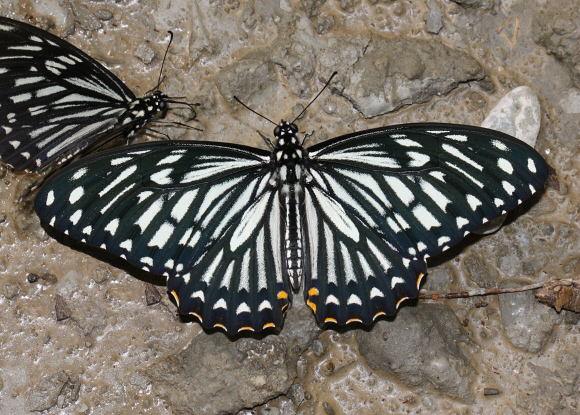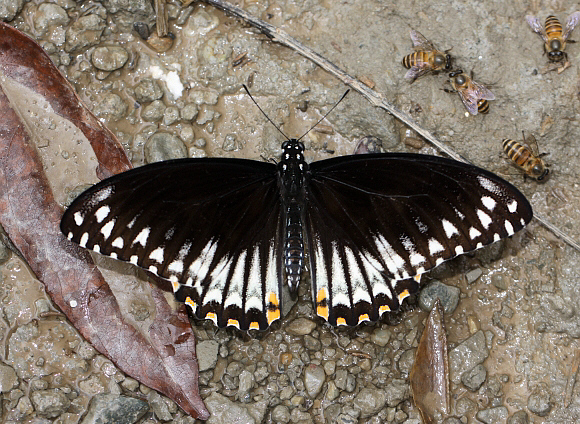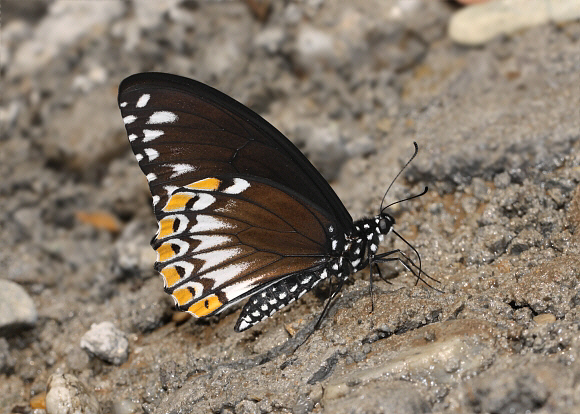
Introduction
There are about 60 species of Papilio in the Oriental region, and 210 species worldwide.
In common with other members of the genus, clytia is palatable to insectivorous birds and in order to protect itself from predation it has evolved its appearance to become superficially very similar to an unpalatable species. Papilio clytia produces several morphs, including ‘janus’ which mimics the Common Crow Euploea core; form ‘papone’ which mimics Euploea doubledayi; and ‘dissimilis’ which is a mimic of the Tiger butterflies Parantica and Tirumala. At some sites including Ultapani in Assam papone and dissimilis often fly side by side.
Papilio clytia occurs in India, Sri Lanka, Myanmar, Thailand, Laos, Cambodia, Malaysia, Sumatra, Borneo, the Philippines, Sulawesi, and Timor.

Habitats
This species is found in rainforest at elevations between sea level and about 800m.
Lifecycle
The larval foodplants include Cinnamomum, Litsea and Alseodaphne ( Lauraceae ).

Adult behaviour
Males of all morphs commonly imbibe mineralised moisture from wet ground. They are sometimes encountered singly, but more often several will be present in mixed aggregations of Papilionidae, Pieridae, and Danainae.
